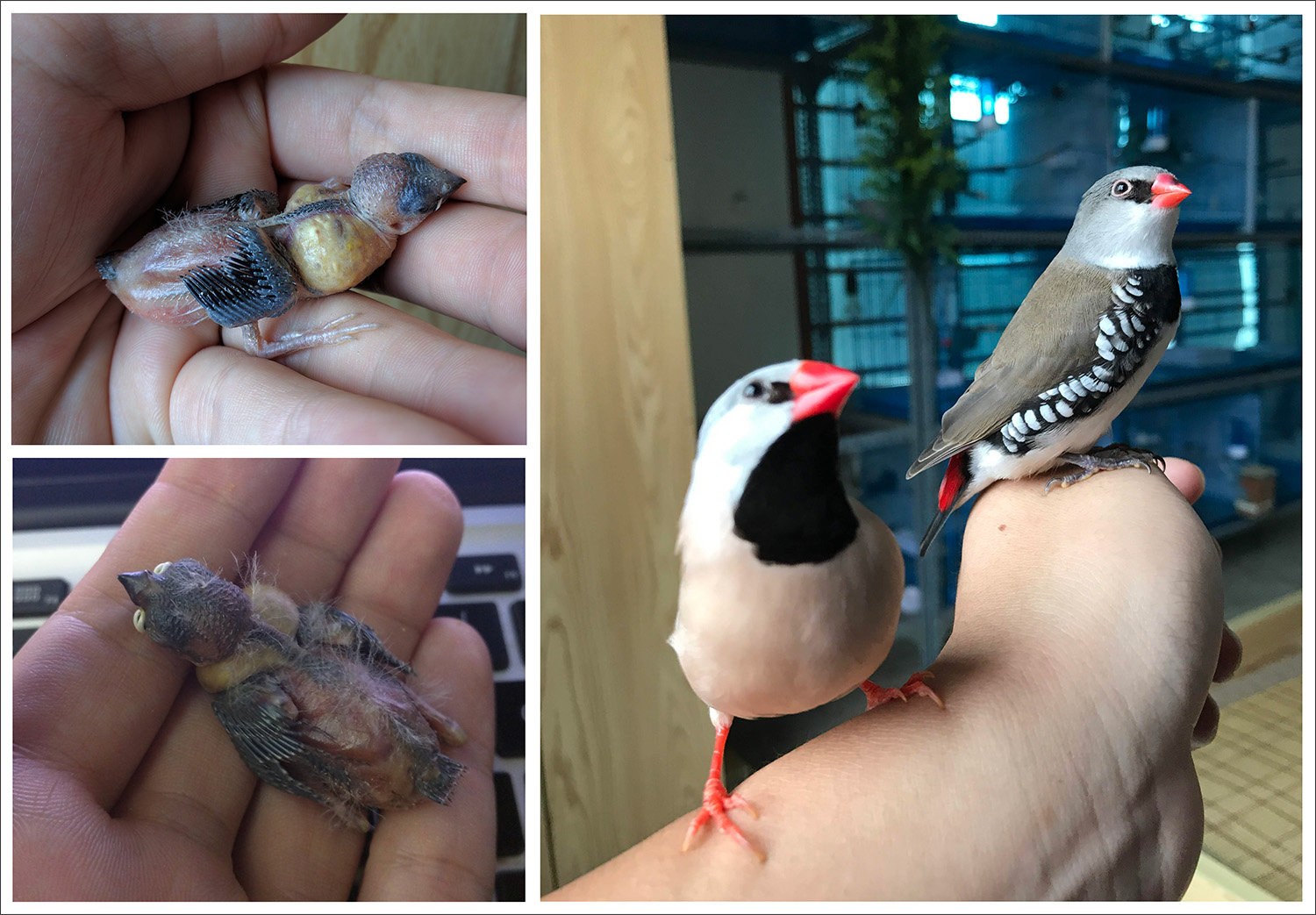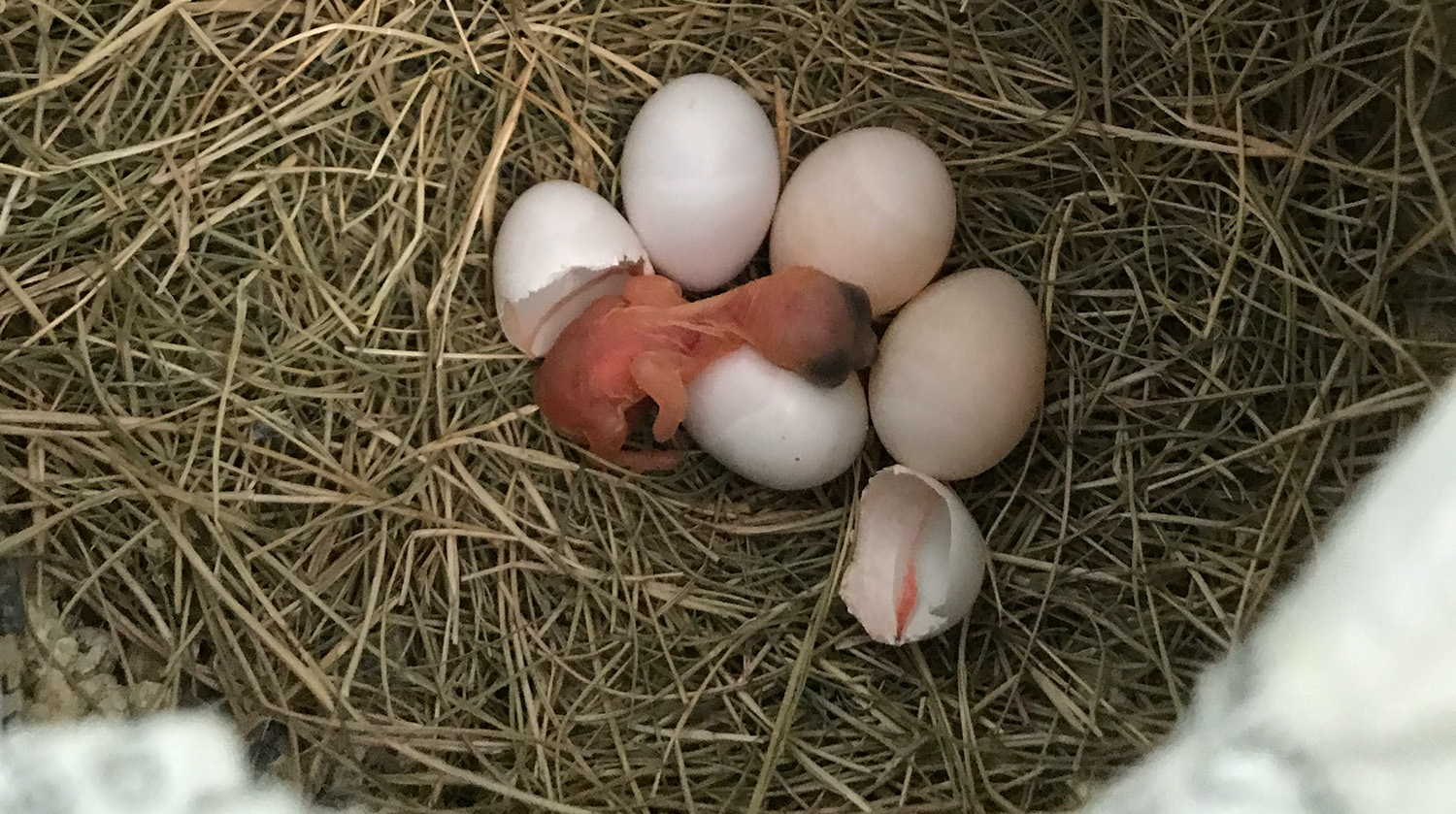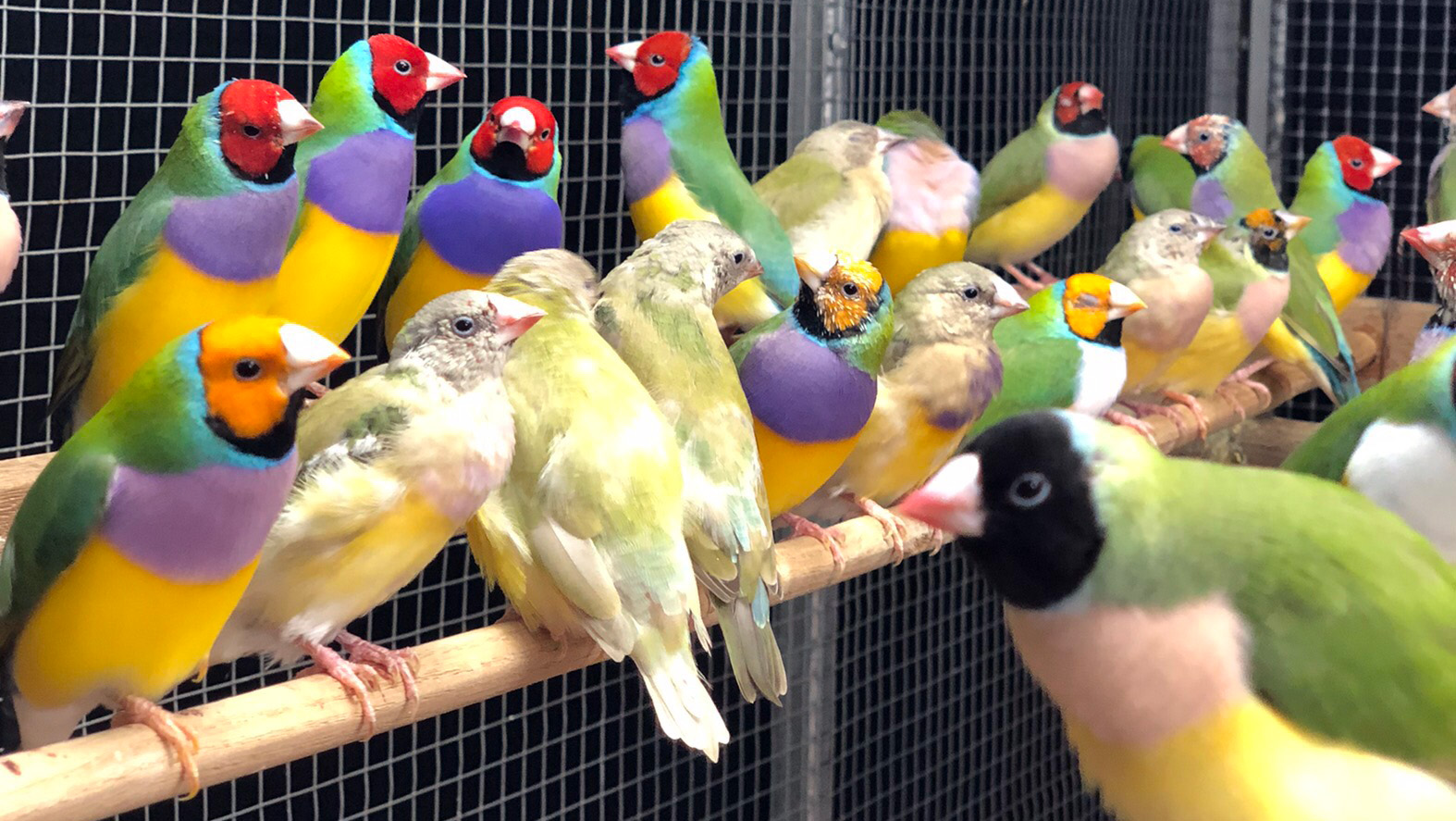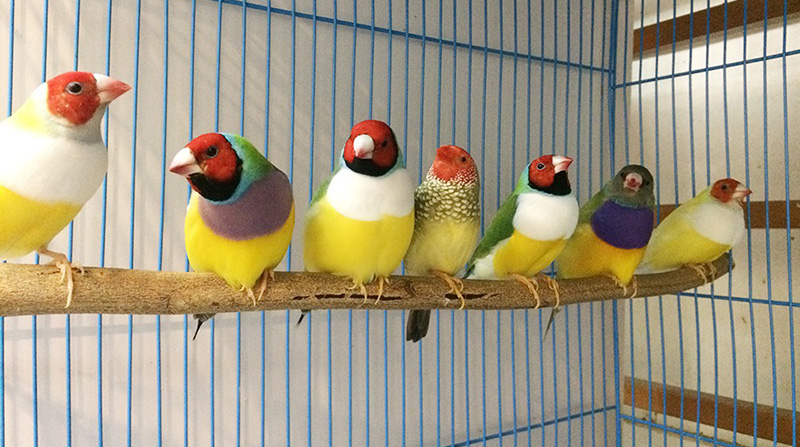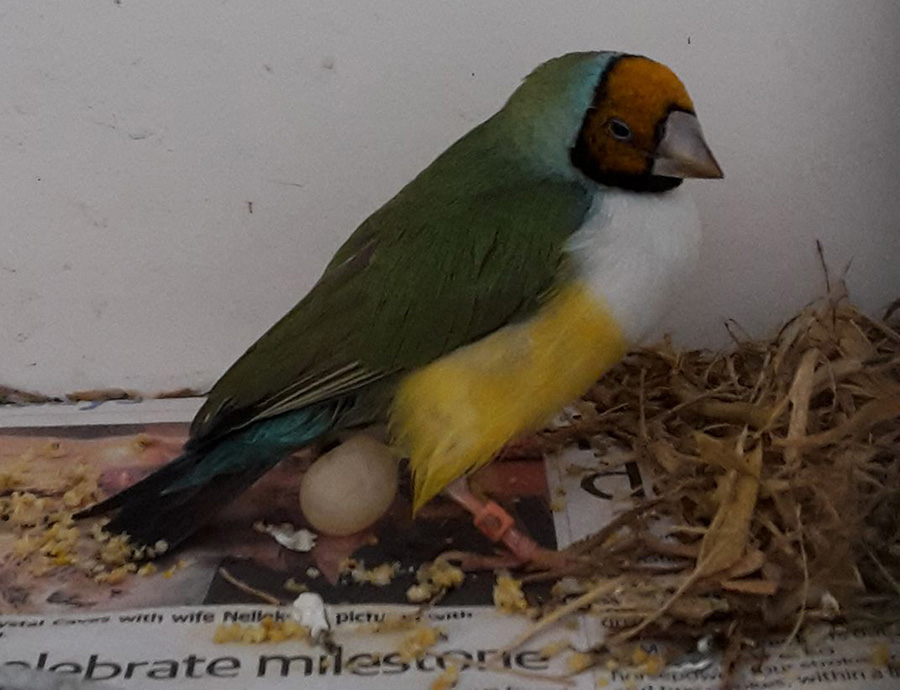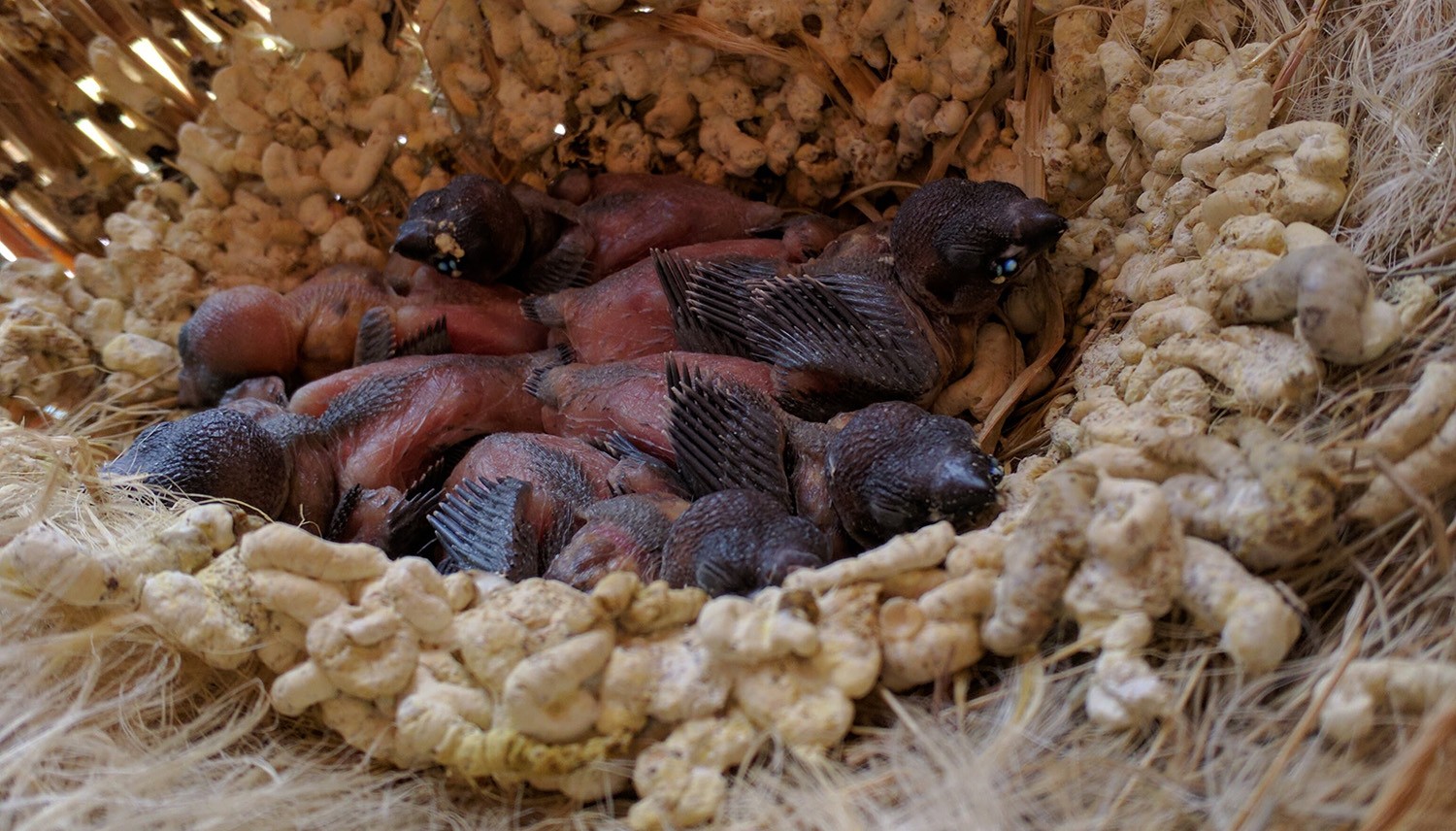
Fostering Finches: Ensuring the Survival of Your Feathered Friends
By longnkp / Aug 03 2024 / Breeding
Introduction
Breeding Gouldian Finches can be a rollercoaster of emotions. If you’ve ever felt the heartache of watching your Gouldians abandon their eggs or, worse, throw their babies out of the nest, you’re not alone. This disheartening behavior can be especially tough for those new to breeding these beautiful birds. But don’t worry, there’s a solution that many experienced breeders swear by: fostering with Society Finches. In this post, we'll dive into why fostering is necessary, explore the pros and cons of using Society Finches, and share some best practices to ensure the health and happiness of your finch family.
Why Fostering is Necessary
Gouldian parents can be unreliable, especially when they’re young. They might not sit on their eggs, abandon them after a few days, or even throw the babies from the nest. This can be incredibly frustrating and emotionally taxing. Losing nestlings can feel like a significant setback, especially when you’ve invested so much time and care into your birds.
Society Finches as Foster Parents
Enter Society Finches, the unsung heroes of the finch-breeding world. These birds are often recommended as foster parents because they’re generally very accepting of Gouldian eggs and chicks. Society Finches, also known as Bengalese Finches, have a long history of being used to raise the offspring of other bird species, making them a popular choice for this critical role.
Risks and Drawbacks
However, using Society Finches as foster parents isn’t without its challenges. One of the biggest risks is disease. Society Finches can be carriers of diseases like Campylobacter and Cochlosoma, which can be deadly to Gouldian chicks. Even if the Society Finches don’t show symptoms, they can still pass these diseases on to the Gouldians.
Constant medication to keep these diseases in check can weaken the immune systems of the fostered chicks, making them more vulnerable in the long run. Additionally, chicks that survive may become carriers themselves, potentially affecting future generations.
Mitigating the Risks
To minimize these risks, it’s crucial to have your Society Finches tested by an avian vet for Campylobacter and Cochlosoma before you start the breeding process. If your birds test positive, there are medications available. For Campylobacter, Erythromycin is the drug of choice, but Tetracycline and Doxycycline can also be used if necessary. For Cochlosoma, Ronidazole is recommended. However, these medications should be used with caution, as they can impact the chicks’ development and immune system.
Best Practices for Successful Fostering
Timing is everything when it comes to fostering. Your Society Finches need to be in "breeding mode" and synchronized with your Gouldian egg-laying schedule. This synchronization ensures that the foster parents are ready to accept and care for the eggs or chicks at the right time.
You can set up your Society Finches in various pairings: one cock and one hen, two hens, or three cocks. Interestingly, same-sex pairings often yield better results because they won’t be distracted by starting a second clutch before the first batch of chicks is independent.
In my experience, it’s beneficial to let Society Finches raise a clutch of their own first. This seems to make them more accepting of Gouldian chicks. Contrary to popular belief, I’ve found that Society Finches don’t necessarily reject Gouldian chicks after raising their own.
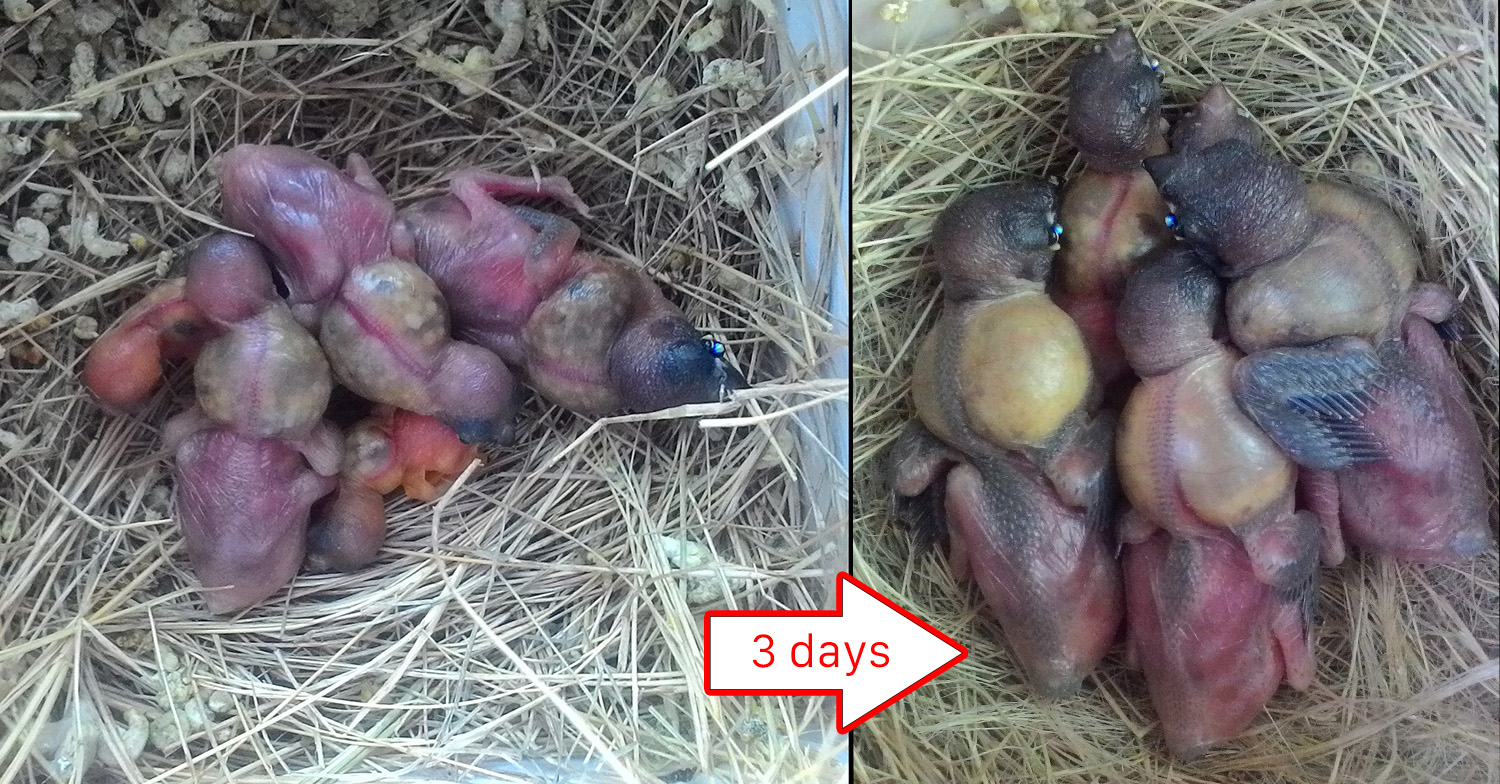
Baby Gouldian after being raised by Society for 3 days
Additional Considerations
You might have heard that using Society Finches as foster parents can prevent the transfer of air-sac mites to Gouldian babies. However, this isn’t entirely accurate. Society Finches can also become infested with air-sac mites if they live near infested Gouldians. They should be treated with S76 or SCATT, just like Gouldians.
Another important point is to remove fostered chicks from Society parents as soon as they’re weaned and eating on their own. This prevents the chicks from imprinting on the Society Finches, which can cause issues with future pairings.
Conclusion
To recap, fostering can be a lifesaver when dealing with unreliable Gouldian parents. Society Finches can step in and ensure the survival of these delicate chicks. However, it’s essential to be aware of the potential health risks and take steps to mitigate them. By synchronizing breeding schedules and using best practices, you can successfully foster Gouldian chicks and watch them grow into healthy adults.
I hope you found this guide helpful! If you have any questions or personal experiences with fostering finches, please share them in the comments. And don’t forget to subscribe to our blog for more pet care tips and stories. You can also follow us on social media to stay connected with our global community of bird enthusiasts. Happy bird-keeping!
Relative Posts
Recent Posts
- Unlocking the Secrets of Calcium for Healthy Captive Birds
- Hand Feeding Finches
- Why Parents Toss Chicks and How to Help
- Fostering Finches: Ensuring the Survival of Your Feathered Friends
- Sunshine and Finches: A Guide for Indoor Bird Keepers
- Air Sac Mites in Finches: Understanding, Preventing, and Treating
- Introducing New Foods to Your Finch
- Homemade Finch Food Recipes
- Choosing Breeding Gouldian Finch Pairs
- How to Choose a Nest Box for Your Finches

